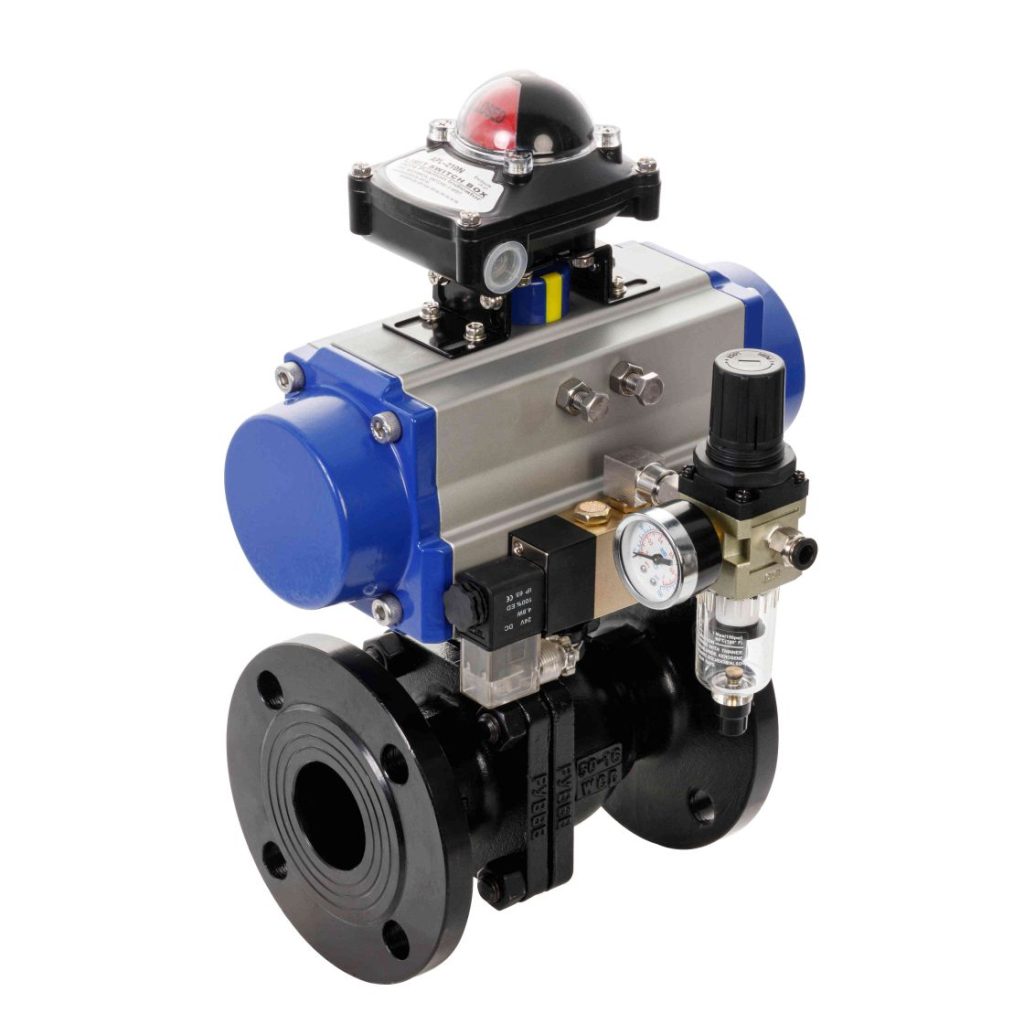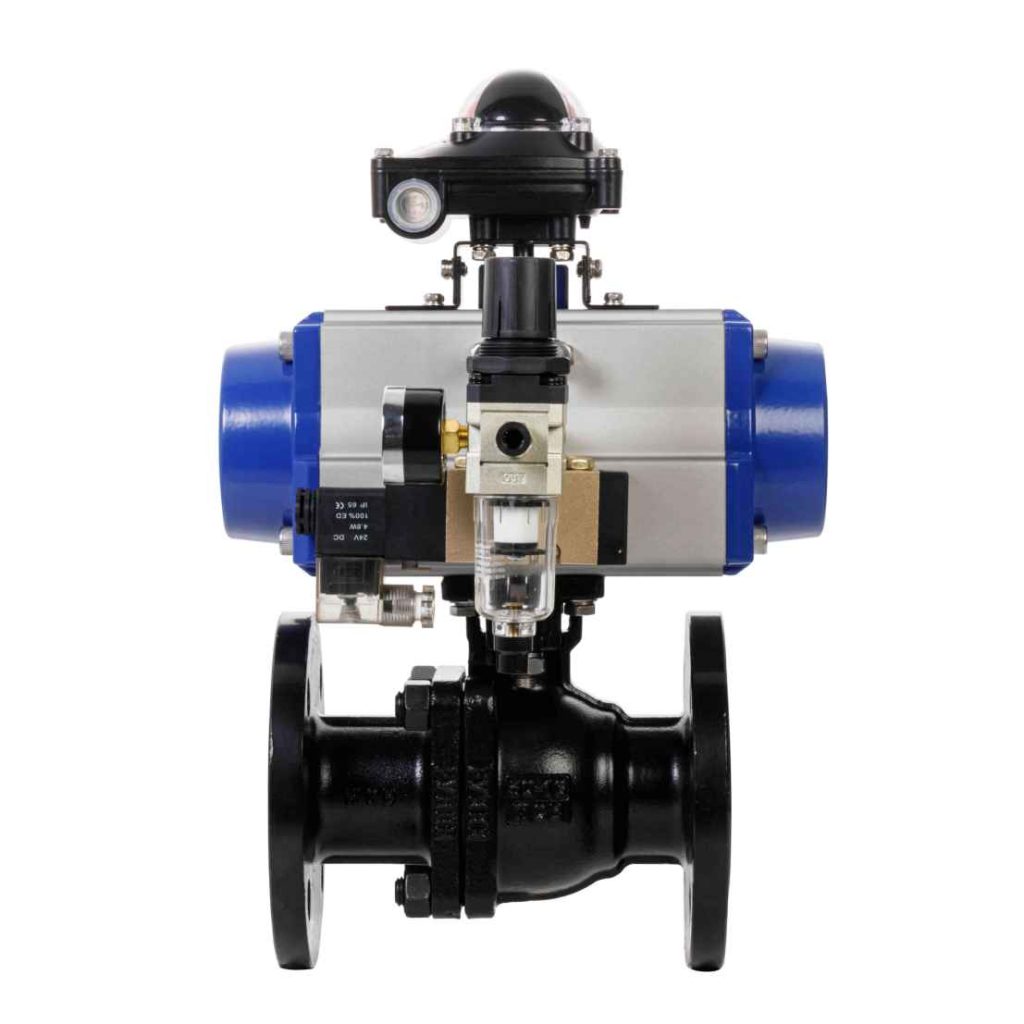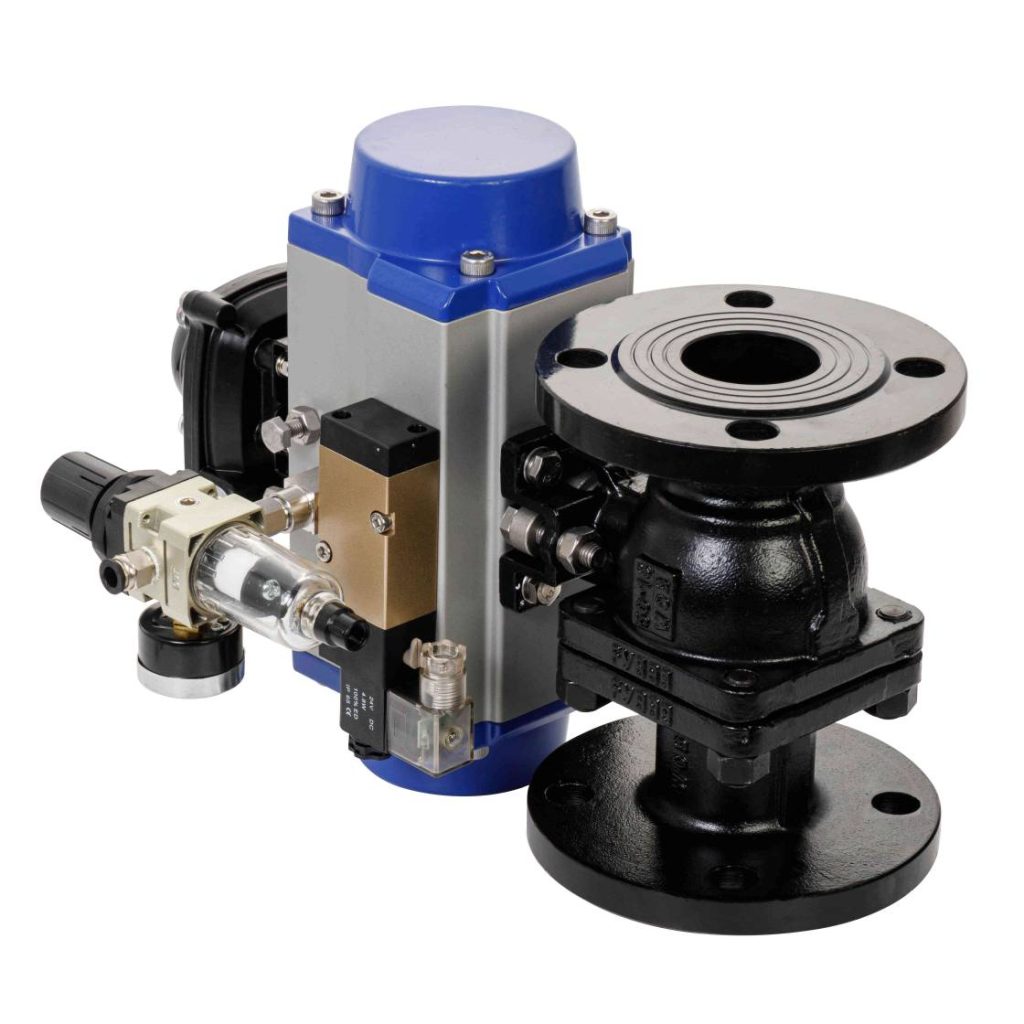The stainless steel pneumatic ball valve is an essential component in various industries, providing a reliable solution for controlling the flow of fluids and gases. Renowned for its durability, corrosion resistance, and efficiency, this type of valve has gained widespread acceptance in sectors such as oil and gas, water treatment, food processing, and pharmaceuticals. This article explores the design, functionality, applications, and benefits of stainless steel pneumatic ball valves.

Design and Construction

Stainless steel pneumatic ball valves feature a spherical disc known as a ball, which is the primary component that controls the flow. The ball is perforated, allowing fluid to pass through when it is in the open position. When the ball rotates 90 degrees, the flow is blocked, effectively shutting off the system. The use of stainless steel in the construction of these valves offers several advantages. Stainless steel is known for its strength and resistance to rust and corrosion, making it an ideal material for applications involving aggressive fluids or harsh environments. The pneumatic actuator, which powers the valve, uses compressed air to control the ball’s position. The actuator can be single-acting or double-acting. A single-acting actuator requires air pressure to open the valve, while a spring returns it to the closed position when the pressure is removed. In contrast, a double-acting actuator can both open and close the valve with air pressure, providing greater control and flexibility.
